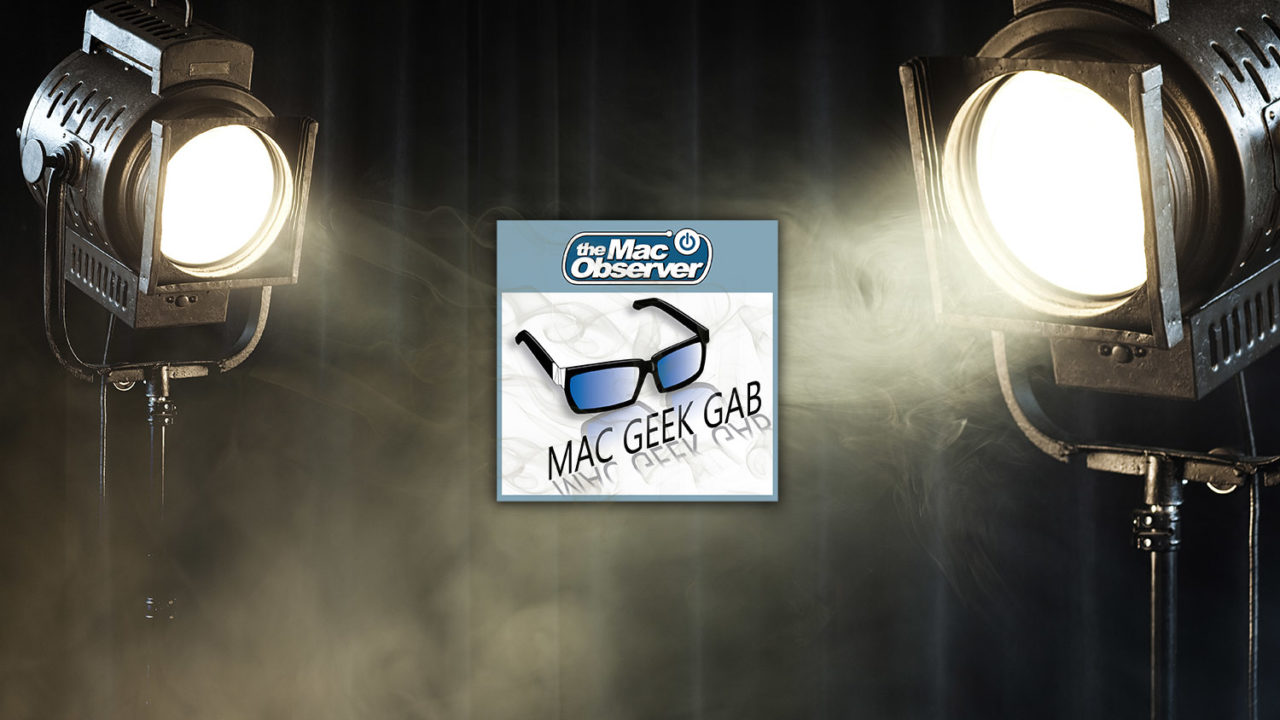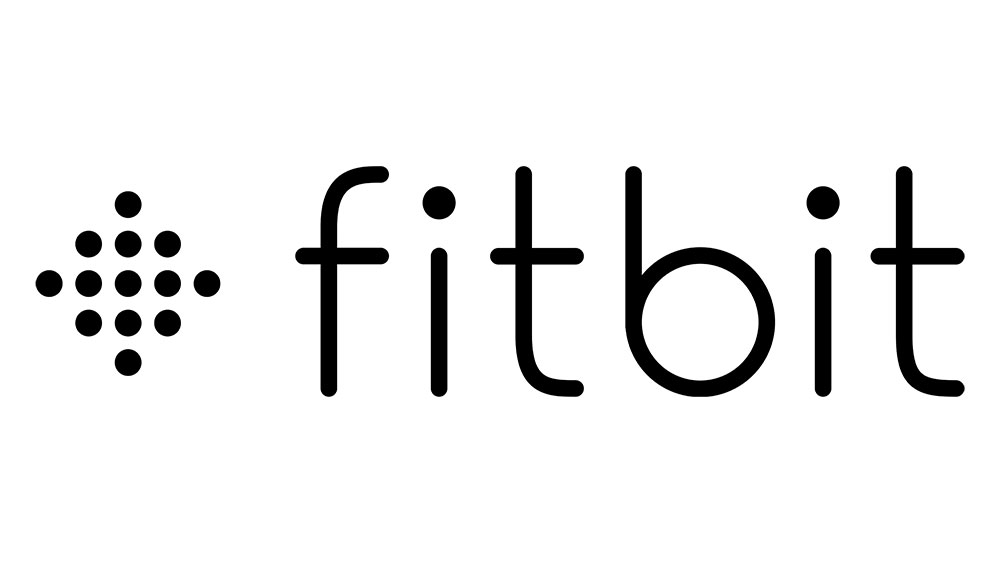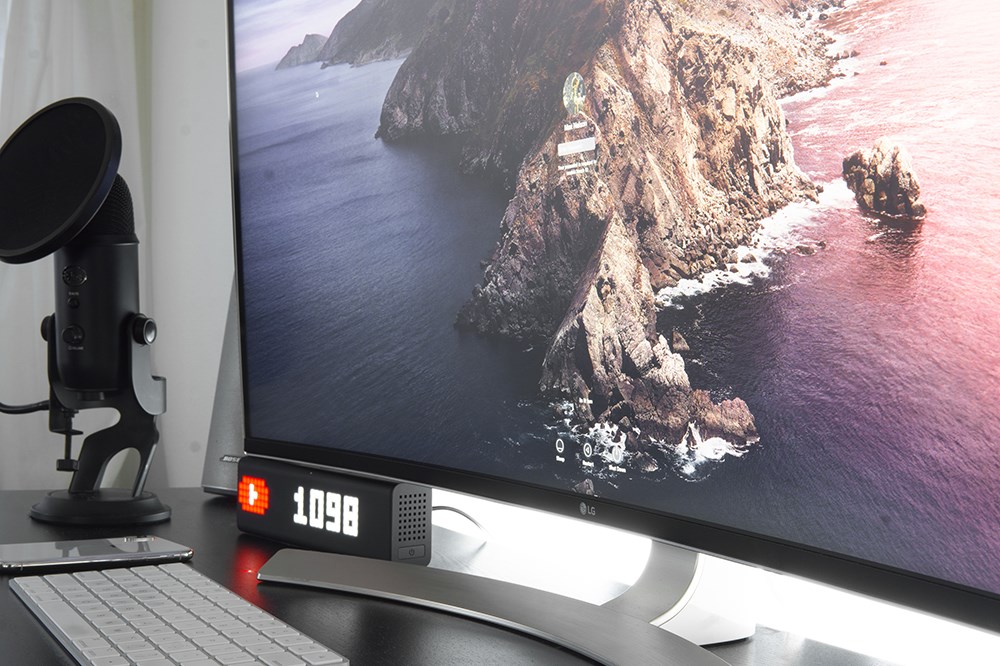Your Mac Geek Gab Media Server Questions Answered!

I recently appeared on The Mac Observer’s Mac Geek Gab podcast to discuss digital movie management with hosts Dave Hamilton and John F. Braun. Unfortunately, I was knocked out for over a week with the stomach bug from hell, so I missed some great questions from listeners following the show. As most of these questions were submitted via Twitter and require answers longer than 140 characters, I decided to respond here.
Jeff asks: “Do you know if there’s a way to add metadata to MKVs after ripping?”
The answer here depends on what you’re using for your playback software. If you’re using something like Plex, its own media library handles the metadata, so there’s no need to edit the tags on the MKV file itself.
If, however, your playback software doesn’t have its own metadata editor or media library feature, you’ll need to embed the data. Unfortunately, this can be a tricky process as the MKV container can only support “embedded” metadata via internal XML files. If you have access to a Windows system or virtual machine, try MKVTagger. Note that this is not as user-friendly as editing metadata via iTunes or Plex; you’ll need to edit the inline XML itself, although you’ll be able to modify just about every parameter.
You can also manually create XML files and merge them into an MKV file using MKVToolnix. For XML formatting instructions, see the bottom section of this page from FireCore.
Alternatively, you can open the MKV file via VLC and edit a file’s metadata via the Window > Media Information > General tab. Note, however, that you can only use this method to edit very basic metadata, and it is primarily audio-focused, with fields for Album, Artist, etc.
Eric asks: “Can you recommend a USB 3.0 Blu-ray drive for the Mac?”
Thankfully, almost any external USB or FireWire Blu-ray drive will work with OS X. There are some options that do indeed utilize USB 3.0, but they’re still quite expensive (prices on Amazon are around $85). If you’re primarily going to use the drive to rip Blu-ray movies, you’re better off with a cheap, reliable USB 2.0 model. I believe Dave Hamilton ended up purchasing this drive for about $43, and here’s an even cheaper one for $38.
Personally, I use a custom Windows-based PC to rip my discs, complete with three LG Internal Blu-ray drives (about $40 each). This setup allows me to rip multiple discs (either Blu-ray, DVD, or Audio CD) simultaneously.
Whether you’re looking for a Windows, Linux, or OS X solution, Blu-ray drives are ubiquitous and cheap at this point, so just go with the least expensive option you can find that has positive reviews.
Brent asks: “Is Handbrake’s Apple TV 3 preset the best option for using Plex on a Synology NAS for an Apple playback ecosystem (Apple TV, iPhone, iPad)?”
First, just a bit of background info for those unfamiliar with Plex and NAS configurations. Synology makes a number of Network Attached Storage (NAS) devices that let you run a Plex Server directly on the box itself, eliminating the need for a dedicated PC or Mac to act as the server. The only drawback is that these NAS devices feature relatively underpowered processors, which makes transcoding difficult for larger, higher bitrate files. Transcoding is required whenever a Plex client is calling for a video file that it cannot play back natively, such as trying to play a lossless Blu-ray MKV via an iPad.
Thankfully, if you know which devices you’ll primarily use to access your media library, and if you’re willing to re-encode your movies, you can use an app like Handbrake to convert your files into a format that your devices can natively support. This way, the NAS can serve the file directly to the device, avoiding the need for transcoding and having to rely on the NAS processor.
Handbrake includes a number of encoding presets by default, and if you’re looking for the best quality on all of your devices, the Apple TV 3 preset is generally the best option. It will encode at the source resolution up to 1080p with up to dual audio tracks (AC3 surround and AAC stereo), at maximum bitrates compatible with all supported iDevices. The files will be a little bit larger than those produced by the Apple TV 2 preset (which caps resolution at 720p) or an iPhone or iPad preset, but you’ll get good picture quality on your Apple TV, and compatibility with your Apple iDevice clients.
If you’re interested in learning more about media server management, go listen to Mac Geek Gab Episode 485, and feel free to contact me in the comments or via Twitter if you have further questions!
















